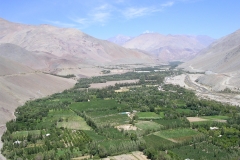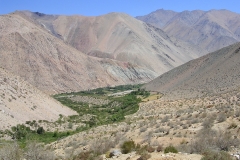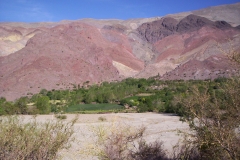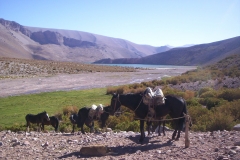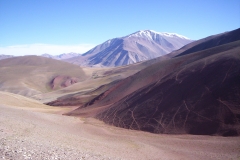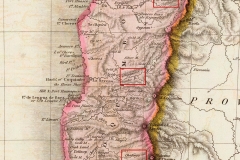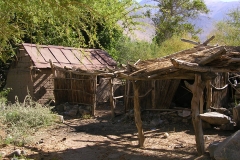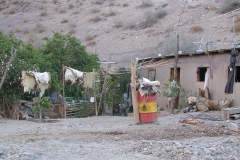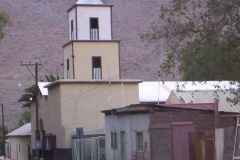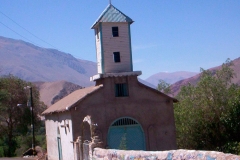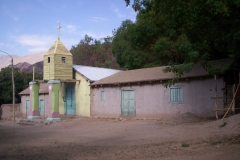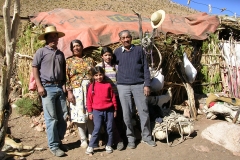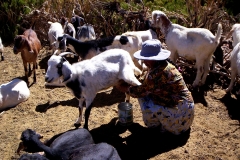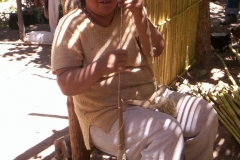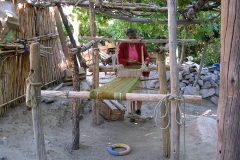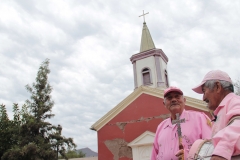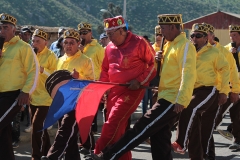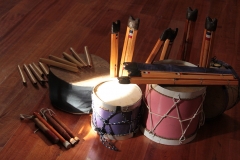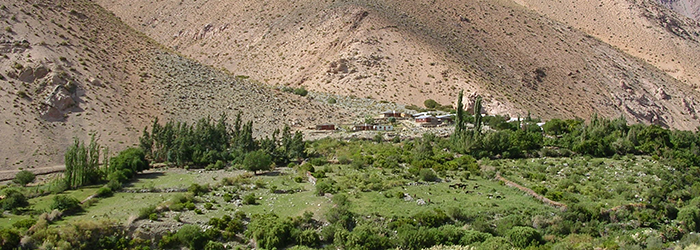History
The term Diaguita may have come from Quechua or Aymara, as the term exists in both languages, and means hill or mountain. It could also have been created locally, derived from from the now-extinct Kakán language that was used by the pre-Hispanic Diaguita-Calchaquí people of Northwest Argentina. This cannot be confirmed, however, as the only Kakán dictionary—from the Calchaquíes valleys, written in the late 16th century by Catholic priests Alonso de Barzana and Pedro Añasco—has been lost. This document could have been an important point of reference, as the archeological Diaguita culture emerged at least 400 years before the Spanish conquest throughout what is now the Norte Chico of Chile, and had ties of some kind with the contemporary peoples of the Calchaquíes valleys as well as those further south, on the other side of the Andes. Historic documents from the colonial period contain several mentions of “the Diaguitas”, all of which refer to the Elqui Valley in Chile. The earliest of these comes from the first Spaniards to arrive in the land that is now Chile, and who used the name Diaguita to identify the indigenous people inhabiting the Elqui Valley, distinguishing them from the indigenous inhabitants of the other valleys of the Norte Chico, which they generically referred to as indios. In 1549, the Diaguitas are mentioned as participants in an attack on the colonial city of La Serena, and in 1605, there is mention of the “Valley of the Diaguitas” in reference to a sector of the upper Elqui River Valley. In 1612, another document refers to the founding of the “town of the Diaguitas”, while another reference in 1764 names the caciques (chiefs) and other indigenous residents of that same town.
In the early decades of the 20th century, ethnologist Ricardo Latcham proposed that the name “Chilean Diaguitas” be used to identify the indigenous inhabitants of the Copiapó, Huasco and Elqui valleys whose surnames ended in “ay”—including Campillay, Huenchicay and Liquitay—and appeared in the parish registries dating from the colonial period. These surnames are known to be of Kakán origin, and appear in the registries of some of the so-called “indian towns” founded by the Spanish in the Norte Chico. In the region of Huasco Alto, especially, there is a long genealogy of such Diaguita surnames in the colonial registries, which date back to the early 17th century. The forced dissolution of these “indian towns” occurred in the early years of the Republic, when the first Chilean government administrations enacted laws in 1823 and 1830 to have them disbanded. At that time, most of the “indian towns” in the Copiapó, Huasco, Elqui, Limarí and Choapa valleys lost part of their land base, which reverted to the State, and had their colonial legal status revoked. Only the old Huasco Alto “indian town” has managed to retain all of its territory up to the present day, because their (collective) owner-residents have been able to demonstrate their historic claim to those ancestral mountain territories.
The indigenous community of Taucán de Chalinga, for its part, has confirmed its claim to its territory by pointing to the parish registries of Choapa Alto, which date back to 1691. The surname of Taucán appears in the late colonial period as a family name of residents of the Chalinga “indian town”, which became crucial to the self-identification of these individuals as Diaguitas and allowed them to constitute as an official indigenous community in 2013 under the provisions of Chile’s Indigenous Law 19.253.


